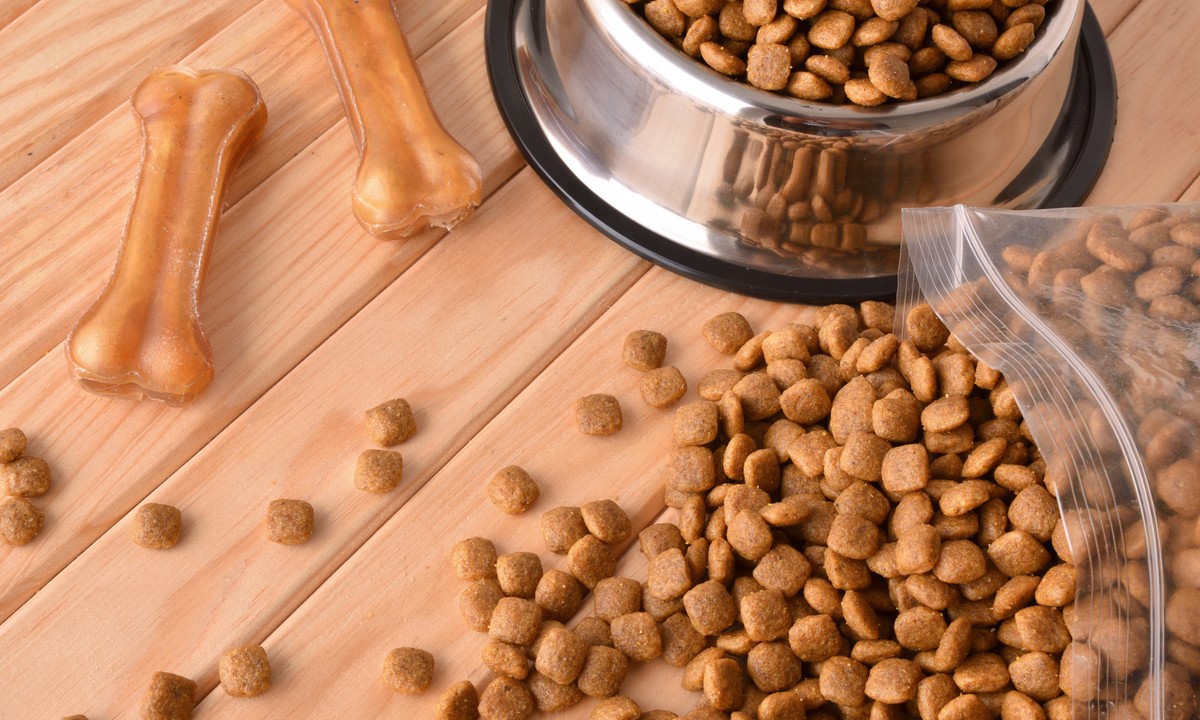The Top Food Storage Methods for Your Pup

Most pet parents only want to give their animals food that is fresh and healthy for them. Unfortunately, this can be hard to do when most dog food comes in huge bags that can contain up to 20 pounds of food at a time. Most of us keep the food fresh in between feedings by simply clipping the bag shut or rolling over the top. But, as most pet owners know, these methods do not always keep the food as fresh as they would like. Luckily, we have put together an easy-to-understand comprehensive guide that will help you utilize new ways to keep your dog’s food as fresh as possible. These methods will ensure your pet gets food that not only tastes good but also retains all of its vitamins and nutrients.
Introduction to Dog Food
When it comes to keeping your pet healthy and happy, providing them with proper nutrition is essential. Dog food is the primary form of nutrition for most dogs and comes in a variety of forms and flavors. To ensure your pet is getting the best possible nutrition, it’s important to store it properly so it stays fresh for as long as possible.
Types of Dog Food
Depending on your pet’s individual needs and preferences, there are a variety os dog foods available on the market. Dry dog food is the most common type, which consists of kibbles or pellets and can range from generic formulations to expensive specialty brands. Wet dog food is also an option, which usually comes in cans or pouches and requires refrigeration. There are also a variety of raw foods available, such as frozen, freeze-dried, and dehydrated options which provide complete and balanced nutrition for your pet.
What You Need to Store Dog Food
To store dog food, you will need an airtight dog food container that is suitable for keeping food fresh such as Tupperware, mason jars, or even old takeout containers. If you choose to keep wet food in the refrigerator, you need a container that is easy to remove the contents from without making a mess. When selecting a container for either dry or wet food, look for one with a secure lid that fits tightly so no air can get into the container and spoil the food inside.
Steps for Properly Storing Dog Food
The first step when storing dog food is to make sure all the containers you use are clean. This means washing any plastic or metal containers you may have with warm soapy water and rinsing them thoroughly before adding any food.
The best way to store dog food is in an airtight container in a cool, dry place away from direct sunlight or excessive heat sources such as radiators or stoves. Keeping your pet’s food away from moisture will help prevent fungal growth and other contaminants from forming on your pet’s food.
Preventing Dog Food from Spoiling
In order to prevent dog food from spoiling quickly it’s best not to buy too much at once as this can increase the risk of moisture damage or other contaminants if not stored correctly. It might be a good idea to take note of the time it takes for your pet to go through a food package and adjust buying schedules as needed. Checking expiration dates on specialty brands or wet foods before purchasing them also helps them from spoiling.
Conclusion
Storing pet food the right way is important for both convenience and for keeping your pup healthy and happy. Taking the time to properly store your pet’s food in dry, airtight containers will help keep it fresh for longer and ensure your pup is getting all the essential nutrients they need. Follow these tips and you’ll be well on your way to giving your pup the best nutrition possible.
